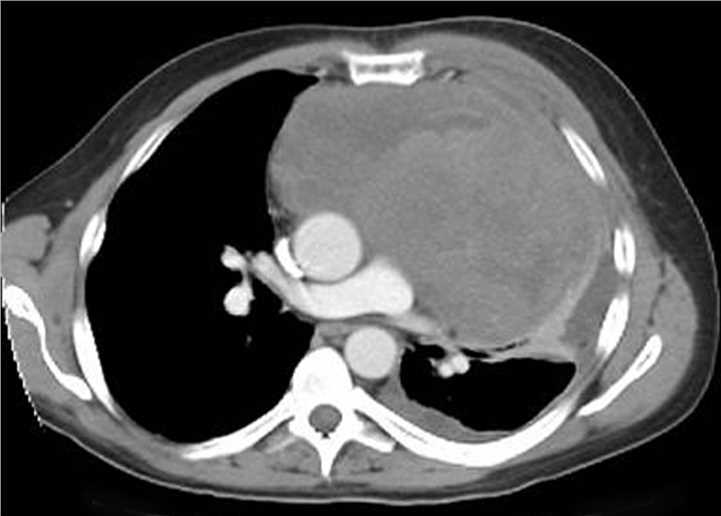Germ cell cancer (GCT) is neoplasm derived from germ cells that usually occur within the gonads (testis and ovary). Germ cell tumors that originate outside the gonad may be birth defects due to errors during embryonic development. Germ cell tumors can be cancerous or non-cancerous tumors. Creative Biolabs provides comprehensive in vitro diagnostic (IVD) antibody development services to aid in the development of immunodiagnostic kits for germ cell cancer diagnosis.
Cause
Some studies suggest that this distribution is the result of aberrant migration of germ cells during embryonic development. Other studies believe that germ cells are widely distributed to multiple sites during normal embryogenesis, and these cells transmit genetic information or provide regulatory functions at somatic sites. Exogenous germ cell tumors were originally thought to be metastases isolated from undifferentiated primary tumors in the gonads, but many germ cell tumors are now known to be congenital and originate outside of the gonads. The most notable of these is sacrococcygeal teratoma, the single most common tumor diagnosed at birth. Of all anterior mediastinal tumors, 15-20% are germ cell tumors, of which about 50% are benign teratomas.
Symptoms
In early stages, patients with benign or malignant germ cell tumors may have few symptoms or no symptoms at all. However, as the tumor grows, lumps may be felt or seen in the abdomen or other parts of the body. Other symptoms include constipation or trouble holding urine (the mass is in the pelvis), weakness in the leg (tumor pressure on the nerves at the base of the spine), and testes with abnormal shape or size.
 Fig.1 Thrombosis of the superior vena cava caused by an indwelling central venous catheter. Distributed under CC BY-SA 3.0, from Wiki, without modification.
Fig.1 Thrombosis of the superior vena cava caused by an indwelling central venous catheter. Distributed under CC BY-SA 3.0, from Wiki, without modification.
Types & Conditions
Germ cell tumors account for 30% of ovarian tumors in women. Germ cell tumors are more common in young women, so 60% of ovarian tumors are germ cell types and up to one third are malignant tumors in patients under 21 years of age. In males, germ cell tumors usually occur after puberty and are malignant (testicular cancer). In neonates, infants, and children under 4 years of age, most germ cell tumors are sacrococcygeal teratomas.
Germ cell cancer can be broadly divided into following categories according to the specific types of germ cells present and their location in the body:
Germinomas - also known as dysgerminoma when developing in the ovary, or seminomas when developing in the testes. They are malignant and may also develop in the brain.
Teratoma - the most common types of germ cell tumors that develop in the ovary and in extragonadal (not ovary or testicular) locations. These tumors are benign but may become malignant. Teratomas usually can only be treated by surgery.
Embryonic cancers - occur most often in the testicles of adolescent boys and can diffuse (metastasize) to other parts of the body. The cells that make up this malignant tumor often develop in other types of malignant cells.
Yolk sac tumor - also known as endodermal sinus tumor. They most commonly occur in the ovary, testis, or coccyx. Such tumors are malignant and can be quite aggressive.
Choriocarcinoma - usually occurs in the placenta during pregnancy and can affect both mother and child.
The discovery of disease-specific biomarkers and the generation of high-quality antibodies are of great importance for the development of IVD immunoassays and kits. To assist customers in their IVD project development, Creative Biolabs offers a suite of IVD antibody development services against potential diagnostic biomarkers for germ cell cancer. If you are interested in our service, please feel free to contact us for more information and a detailed quote.
Our services target the following biomarkers for GCT diagnosis:
For Research Use Only.

